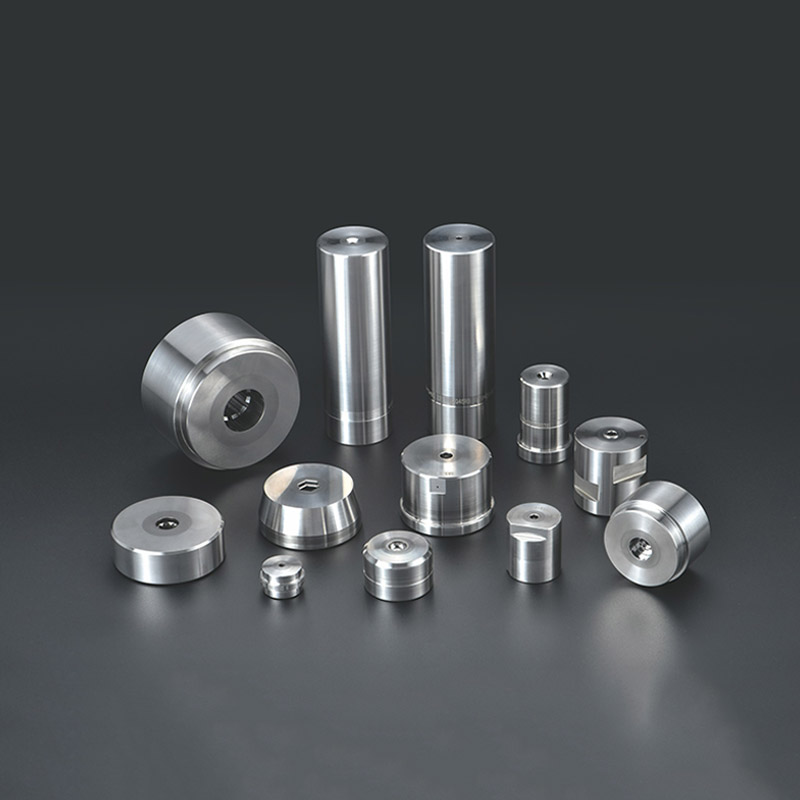Tungsten Carbide dies are renowned for their exceptional hardness, wear resistance, and ability to withstand extreme pressures. However, even the most durable tools require proper maintenance to ensure optimal performance and longevity. By adopting the right practices, industries can maximize the lifespan of these precision tools and maintain consistent production quality. Below, we explore the key maintenance techniques that contribute to the durability of Tungsten Carbide Dies.

1. Importance of Proper Maintenance
Tungsten Carbide Dies are subjected to continuous wear during high-pressure operations like stamping, drawing, or extrusion. Without proper care, they may experience premature damage, leading to increased downtime and replacement costs. Regular maintenance is essential to:
Reduce wear and tear.
Maintain precision and performance.
Avoid costly disruptions in production.
2. Lubrication
Lubrication plays a crucial role in reducing friction and heat generation during the operation of Tungsten Carbide dies.
Choosing the Right Lubricant: Use high-performance lubricants specifically designed for tungsten carbide tools to prevent galling and pitting.
Application Frequency: Apply lubricants at regular intervals to ensure smooth operations and minimize tool degradation.
Benefits: Proper lubrication reduces stress on the die surface, extends its service life, and improves the quality of finished products.
3. Cleaning and Inspection
Routine cleaning and inspection are vital for identifying early signs of wear or damage.
Cleaning Methods:
Use non-abrasive cleaners to remove residue or debris from the die surface.
Avoid harsh chemicals that may react with the carbide material.
Inspection Techniques:
Examine for cracks, chips, or surface irregularities using magnification tools.
Utilize ultrasonic or other non-destructive testing methods to detect internal flaws.
Benefits: Regular cleaning prevents buildup that could lead to defects, while inspections help address potential issues before they escalate.
4. Polishing
Polishing the die surface reduces friction and enhances tool performance.
Tools and Techniques:
Use diamond paste or fine abrasive materials to polish the die surface gently.
Ensure uniform polishing to avoid uneven wear.
Frequency: Perform polishing as part of scheduled maintenance or when surface irregularities are detected.
Benefits: Polishing minimizes micro-cracks and extends the die’s operational life.
5. Proper Handling and Storage
Tungsten carbide dies are susceptible to damage from improper handling and storage conditions.
Handling Tips:
Use protective gloves to avoid contamination from oils or moisture.
Handle with care to prevent accidental drops or impacts.
Storage Guidelines:
Store dies in a clean, dry environment away from corrosive substances.
Use protective casings or racks to prevent physical damage.
Benefits: Proper storage ensures the dies remain in optimal condition between uses.
6. Scheduled Maintenance Programs
Implementing a scheduled maintenance program ensures that tungsten carbide dies receive consistent care.
Planning: Create a maintenance calendar based on production cycles and tool usage frequency.
Documentation: Maintain detailed records of each maintenance activity, including cleaning, lubrication, and repairs.
Benefits: Scheduled programs reduce unexpected downtime and extend the overall lifespan of dies.
7. Repair and Reconditioning
When a tungsten carbide die shows signs of significant wear, timely repair and reconditioning can restore its functionality.
Reconditioning Process:
Resurfacing worn areas using specialized equipment.
Reinforcing weakened sections with compatible materials.
When to Replace: Replace the die when repairs are no longer cost-effective or fail to restore its performance.
Benefits: Reconditioning reduces waste and lowers the cost of operations compared to purchasing new dies.
8. Common Mistakes to Avoid
Skipping Maintenance: Ignoring regular maintenance can lead to severe wear and frequent breakdowns.
Using Inappropriate Tools: Employing incorrect cleaning tools or lubricants can damage the die surface.
Overloading: Exceeding the die’s pressure tolerance may cause cracks or deformation.
The durability and performance of tungsten carbide dies heavily depend on meticulous maintenance practices. By focusing on lubrication, cleaning, polishing, proper handling, and regular inspections, industries can ensure these tools remain reliable and efficient over time. Investing in proper care not only extends the dies’ lifespan but also improves production efficiency and reduces costs, making it a critical aspect of any manufacturing process.








